The classic interview question “What are your greatest strengths?” is very well-known, but still difficult for many candidates to answer. If you hesitate in responding, it may signal a lack of preparation or self-awareness, which are fundamental qualities for any employee in professional, management, and executive positions. On the contrary, instinctive responses that “shoot from the hip” may damage your credibility if you cannot back them up with specific evidence or experience. To successfully answer this question, you need to prepare. In fact, think of the 80/20 rule: 80% preparation and 20% execution.
Step 1: Know your strengths
Serious job candidates will not only be able to identify their strengths, but align those strengths with the needs of the position and provide clarity to each one by using evidence from past achievements. The first step to uncovering this and other valuable information is to conduct a personal SWOT (Strengths, Weaknesses, Opportunities, and Threats) analysis.
There are many online tools and worksheets (https://www.mindtools.com/worksheets/Personal_SWOT_Analysis_Worksheet.pdf) available to help you complete a personal SWOT analysis. It typically consists of one page divided into four quadrants. Each quadrant represents one SWOT area and contains a unique set of questions. For example, questions that analyze the Strength quadrant may include:
– What are your favorite career achievements?
– What strengths have others seen in you at work? Why?
– In what competencies did you rate highest in your most recent performance evaluations? What did you do to earn those ratings?
– What do you think you do better than others?
The key is to answer these questions with depth and provide as many concrete examples as possible. After completing the remaining quadrants, you’ll have a lot of raw information that you can use, in part, to develop a concise profile of strengths that you can use in a job interview.
Step 2: Understand the true needs of your targeted position
The next step in developing answers to the “What are your greatest strengths?” question comes from a complete understanding of what your target job requires. Companies that are serious about hiring the right people conduct a job analysis for every available position. This process identifies the primary duties and key performance competencies and skills necessary for the job. Job descriptions are also produced from this information and provide the basis for a job posting.
Job postings contain key competency requirements. For example, leadership positions may require conflict management, courage, social intelligence, decision making, and others. Interview questions are formed with these competencies in mind. If you are successful in aligning your personal SWOT strength information with the required job competencies, you will not only build data to answer the question “What are your greatest strengths?”, but respond to more probing questions throughout the job interview.
Step 3: Align your strengths to the position
After gathering an understanding of the competencies important for the job, it’s important that you understand what they mean (http://www.competencylibrary.com/). Once you have accomplished this, then you can align your personal strengths to each one. Here is an example:
Required job competency: Persuasiveness
Competency definition: The ambition to win over other people for one’s views and ideas and generate support.
Personal SWOT evidence: “I was able to convince a potential client that they would save 50% in operating costs by using our processing application over a competitor’s. I set up a test environment that compared both systems and proved that our application was faster, more efficient, and used less resources. The data, as well as my creativity, helped in persuading the client to buy a full subscription to our cloud product.”
Although it may seem tedious to use this process to prepare for the other competencies, you’ll be able to use this information to discuss your strengths across many interviews. You may also find that your strengths cross between multiple competencies.
Conclusion
You now have knowledge of your strongest competencies along with evidence to support them. During the interview, first introduce strengths that are congruent with the competency requirements of the position. For example, state “My strengths include decision making, leadership, courage, developing employees, and political skills.” Follow this up with details and evidence that you prepared earlier. Once these strengths are exhausted, then move on to others have peripheral value to the position, and follow the lead of your interviewer should they have follow-up questions.
Overall, discussing your strengths doesn’t have to be an intimidating experience. With a small investment of time, you can turn it into an opportunity to differentiate yourself in a concise and professional manner, establish your personal brand, and facilitate discussion that will build trust between the interviewer and you.


